At the December council meeting, Justin Towle (DPW) said there were only two places around Betsie Lake where you *couldn’t* see the Big Tree. “We should charge people in Frankfort to look at it,” he joked.

I spoke with Michele Lurvey at the December 6 tree lighting ceremony (an Elberta first, as far as anyone I talked to knows). Michele said the now 40-foot spruce was planted about twenty years ago, when the Waterfront Park was created by community leaders, among them her mother, Diane (Jinx) Jenks, on land the Village acquired in 1996 from MDOT. Village president Jennifer Wilkins conceived of the new lights for the tree, and the ceremony, this year as a way to honor Jinx, and another longtime Village trustee and visionary, Linda (Manville) Heiler, who both loved Christmas and both passed away this year.
If you haven’t already, take a moment to read Wilkins’s letter about the event, which came together on fairly short notice with a lot of help from our friends and neighbors.
Once the idea was hatched, it took about two weeks of logistical and physical finagling by DPW and volunteers (where to find a bucket truck, how to avoid smushing the irrigation lines with said truck(s), what kind of lights to get and how many strings of them—should they be WiFi controlled? and then, literally screwing in hundreds of bulbs by hand in the numbing cold) to pull it off. Justin lost his voice (!), taken by the wind as he wrangled wires up high in a bucket truck. Grace Williams (Parks & Recreation president) couldn’t feel her hands for hours, for several days in a row. It was still probably the coldest day we’ve had this winter when the tree was illuminated, sometime after 7:30 on St. Nicholas Day, when Joe Heiler, Linda’s partner, plugged them in, amid a crowd fueled by cookies, carols, and fellow feeling.

The Big Tree lights will stay on, Wilkins says, on a timer through the end of January, and be lit after that by special request.
The Big Tree was no doubt the highlight of this year’s holiday decor in Elberta, but there was so much more! Some of it was familiar, some of it was surprising and new.
I wanted to post this before the decos came down for the year, but it’s New Year’s Day already, and the DPW guys started dismantling the lamp post decorations on December 30, Jen said. You can tell by looking at them that they’re time consuming to put up and take down.
According to Wilkins, who found a letter to this effect in the office, the red lanterns were purchased from Dimondale, Michigan, sometime in the 1990s. The hanging red balls (seen above in the background) as well as the candles at the Waterfront Park Pavilion, the candy cane, and the white lanterns, were given to us by Honor three years ago in a transaction brokered by Marley Jablonski, Wilkins, and Theo Munnecke. Marley, Jen, Theo, Mike and Pat Palermo, and Linda Manville all helped strip and rewire these items and added the new garlands to the light posts all along Frankfort Avenue/Old M168 at that time.
This year, the LED lighted garlands and other street decorations went up with the help of volunteers Marley, Merren Towle, Brynlee Towle, and Monica Ricco, as well as Wilkins and the DPW team.
The December revenue and expense report to Council shows we’ve spent $3,945.11 so far this year on Village Beautification. But Wilkins says that’s mostly garden maintenance, except for $199 for the inflatable lighted Peanuts train in Penfold Park, and the rainbow tree in the so-called Duck’s Head at the junction of M22 and old M168.
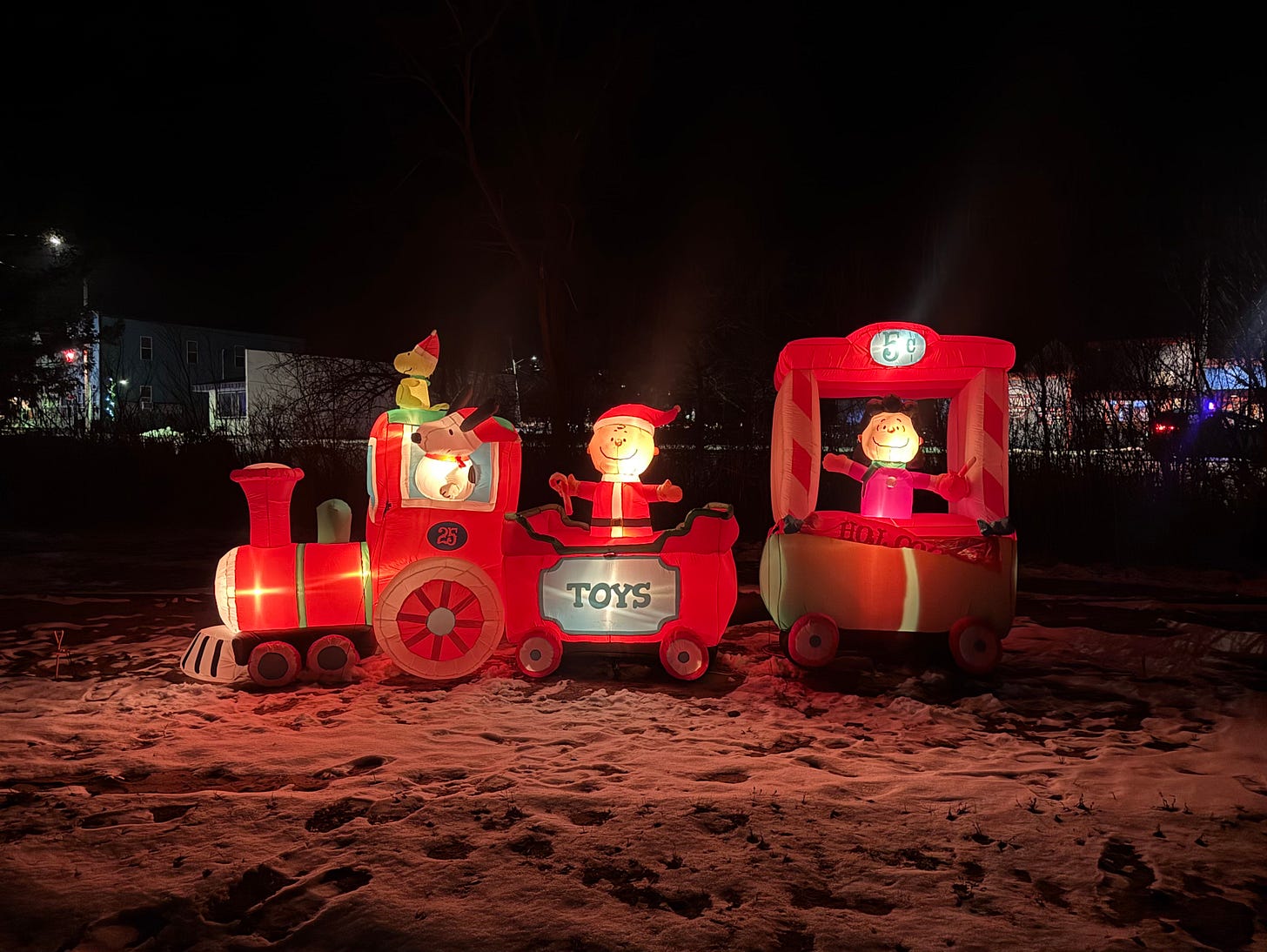
So apart from these two items, how did we come by all the new flair? The Big Tree lights totaled $2,342 (not including labor!) and were funded by a kind donation of $500 from Jammin’ Mondays and $1,000 from Parks & Recreation; the balance of $842 came from the General Fund Waterfront Park line item. Remember that whenever you donate to P&R (online donations are coming…), or purchase some of the new merch (the $30 train engineer caps are baller), you’re contributing to visual uplift such as this.
Probably my ultrafavorite addition this year was purchased and given to the Village by President Wilkins herself:
Projection lights were purchased as a backup in case the Big Tree lights couldn’t be installed on time (or failed), and what a happy accident it is that they’re perfect for the amphitheater. During the tree lighting event, the projected lights were barely visible amid the house lights, but on December 15 when I walked out to get closeups of the Big Tree for myself, I came upon a scene of shifting, kaleidoscopic trippiness, and I sure hope it returns next year.
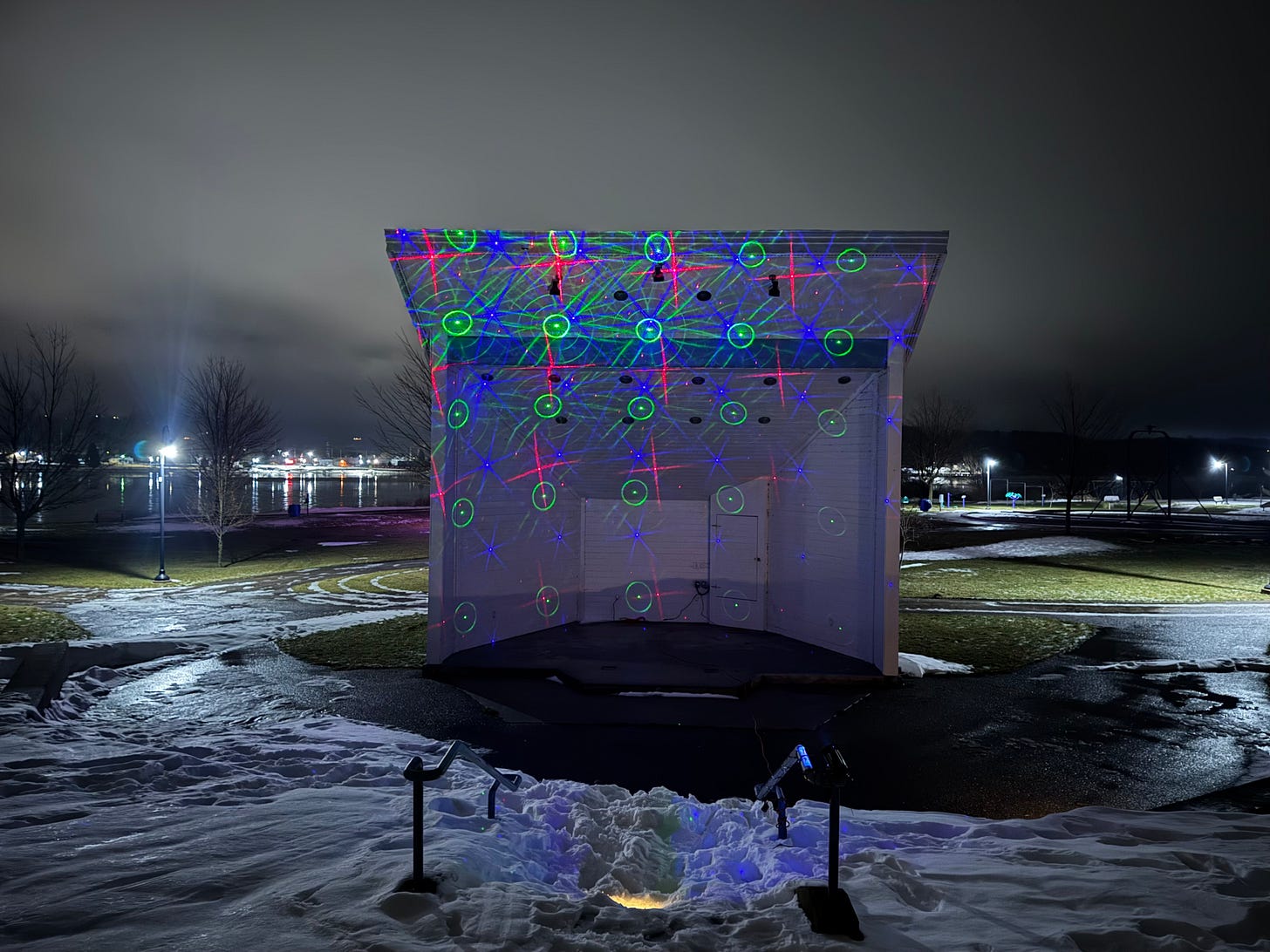
I would be remiss if I didn’t mention Willoughby Tire & Auto’s contribution this year, which looks like it came right out of a Rankin/Bass animated special.
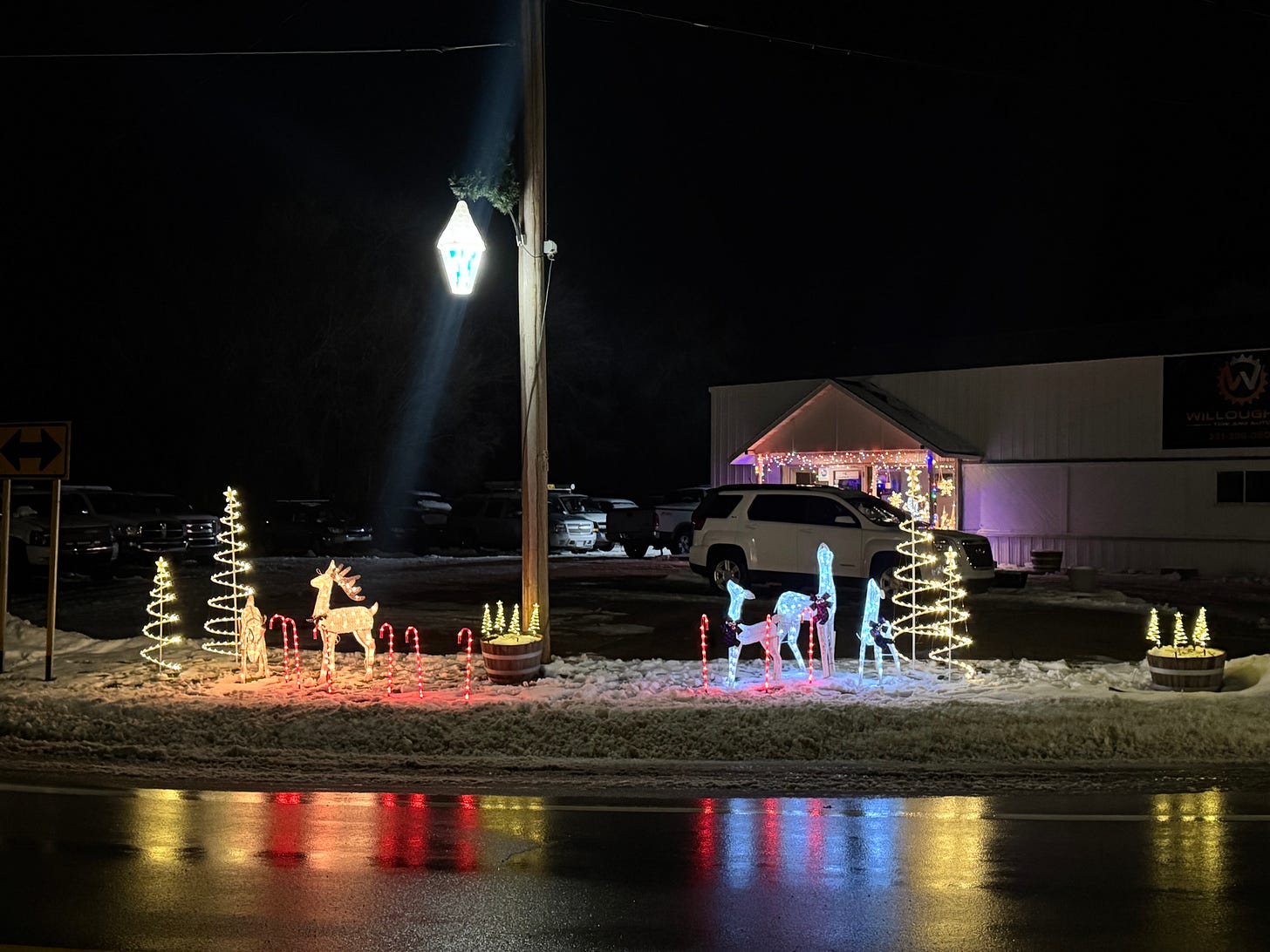
Signs of Things to Come
As the days get colder and darker and the nights longer, whether you’re cozy at home or crunching through the snow to look at an electric light display, December is a time to reflect on the year that was: the friends made and lost, the hopes fulfilled and undone. You might add up your personal net total in a ledger (or QuickBooks), and wonder about the figures that can’t be measured. There may be transactions yet to be tallied that would tell you how you got to this point in the fiscal year and in your physical life. One thing is certain: whether you’re Ebeneezer Scrooge or George Bailey, you didn’t get here alone.
I took a lot of the photos above on December 15. That was the deadline for the Grand Traverse Regional Land Conservancy to come up with the money to close their deal on the 35 acres of Elberta owned by Elberta Land Holding Company. It’s been a long 25 years since Diane and Greg Jenks, Linda Manville, Sharyn Bower, Laura Manville, Ken Holmes, Joyce Gatrell, and so many other people in Elberta began dreaming about an alternative future for the Village after the departure of the Ann Arbor Railroad. Many people dedicated many years of their lives trying to find a way forward in this post-industrial landscape. Along the way at least two points of consensus emerged: we wanted (we desperately needed) more people to come to (and stay in) our community, but we didn’t necessarily want very tall buildings with too-bright lights to attract them. We didn’t want to sacrifice nature to nurture human flourishing. We somehow knew we could have both, but nobody seemed to know how.
At a lightning pace of about 6 months, GTRLC has managed to help us out of our conundrum. They say it was the biggest acquisition, in purely monetary terms at $19.5 million, the conservancy had ever made. (They “saved Arcadia,” 6,000 acres over three years, for about $18.5 million.) You might also say it was the biggest acquisition in human terms. More than 650 individuals donated to our project. Both Glen Chown, GTRLC’s executive director, and Erin Anderson Whiting, their senior charitable giving specialist, told me that the usual fundraising “pyramid” flipped in this case: instead of most of the money coming from just a few very large donations, there were hundreds of regular people who gave what they could. With just two 7-figure gifts, the bulk of the money came from gifts of five, four, and three figures; the smallest donation amount was $7. One person mailed the GTRLC a winning $30 lottery ticket with a note regretting it wasn’t more. At least one mother made a donation as a Christmas gift to her daughter. Barb Wirtz and Hugh Lindsey gave a generous gift in the Village’s name, which council read about in a letter from GTRLC at our December meeting. As the GTRLC’s press release states, 200 people who had never donated to the conservancy before donated to our project.
The Elberta Waterfront Community Conservation Project is just that. We did it!
Look how powerful (and adorable) we can be when we all pitch in. I’m so excited to see what we continue to do together in the next few years.
Happy 2025, everybody!








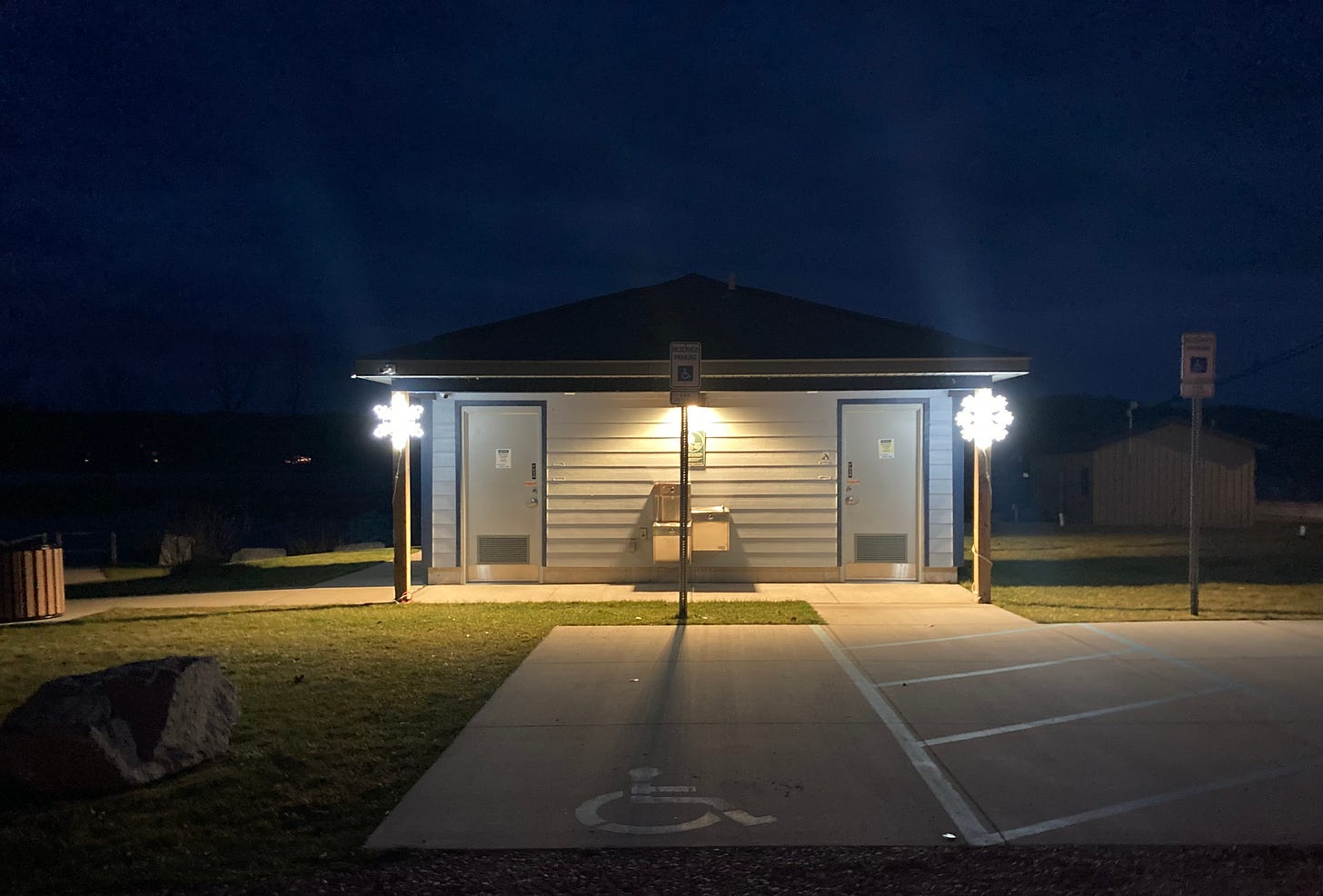
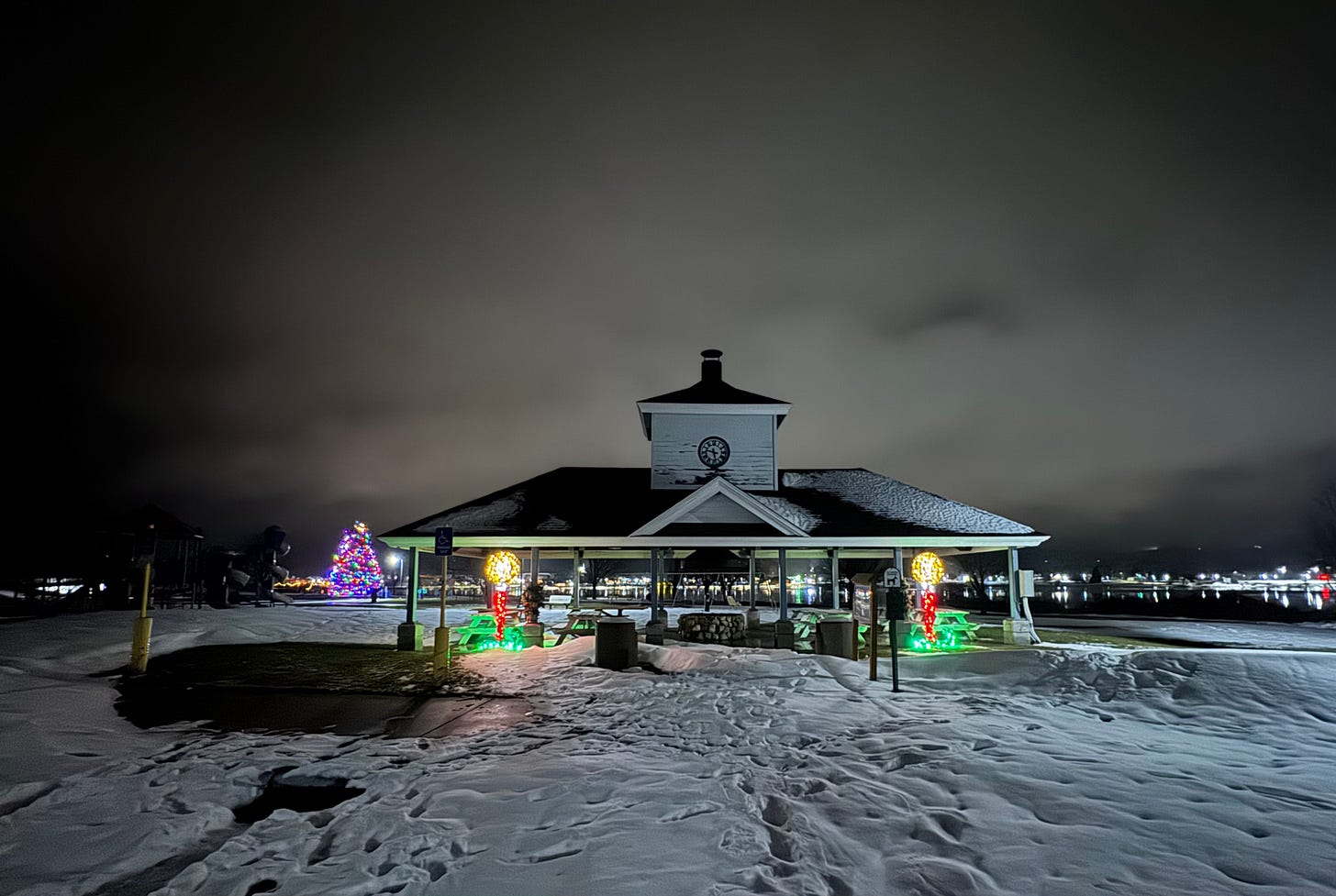
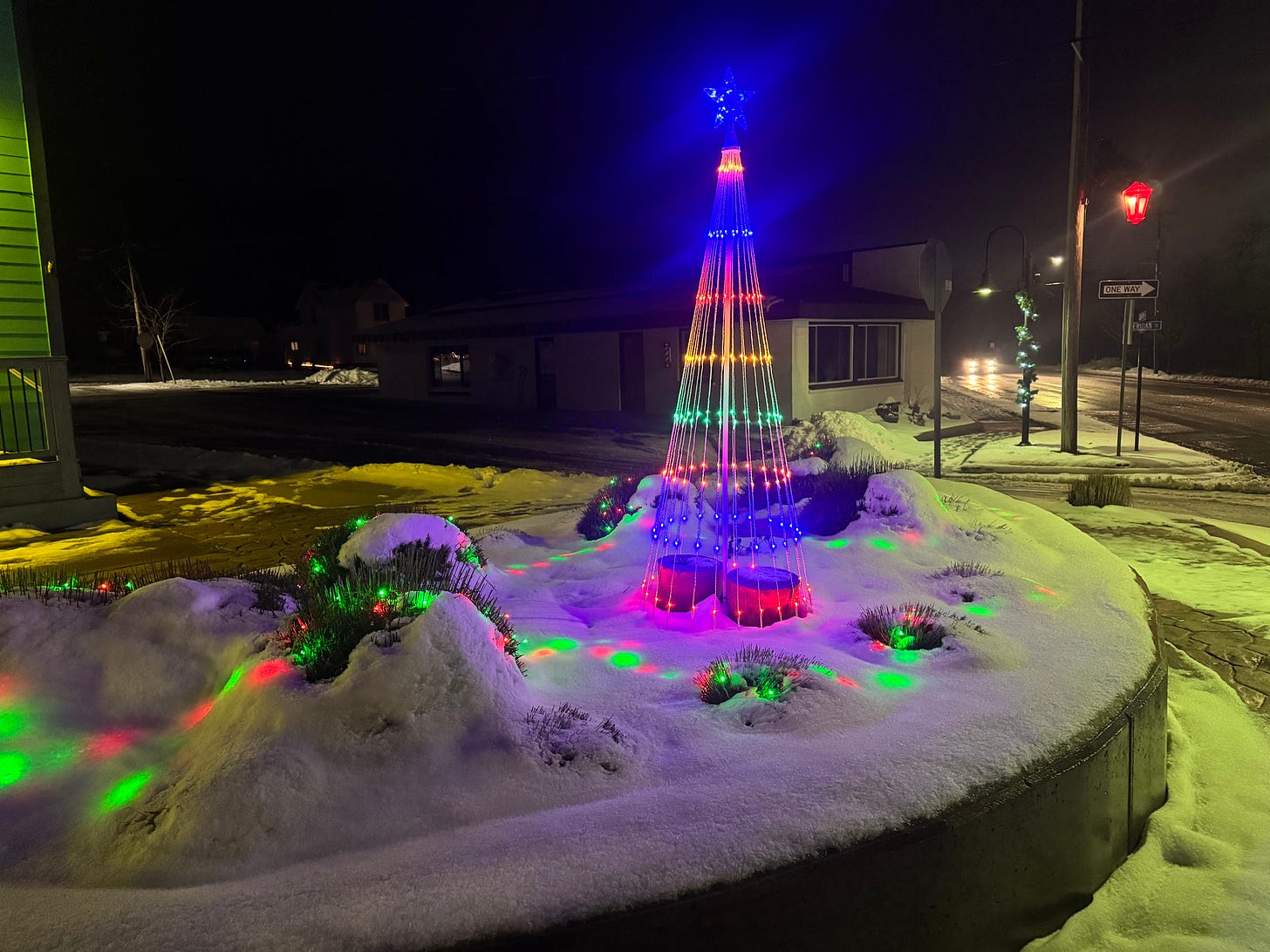
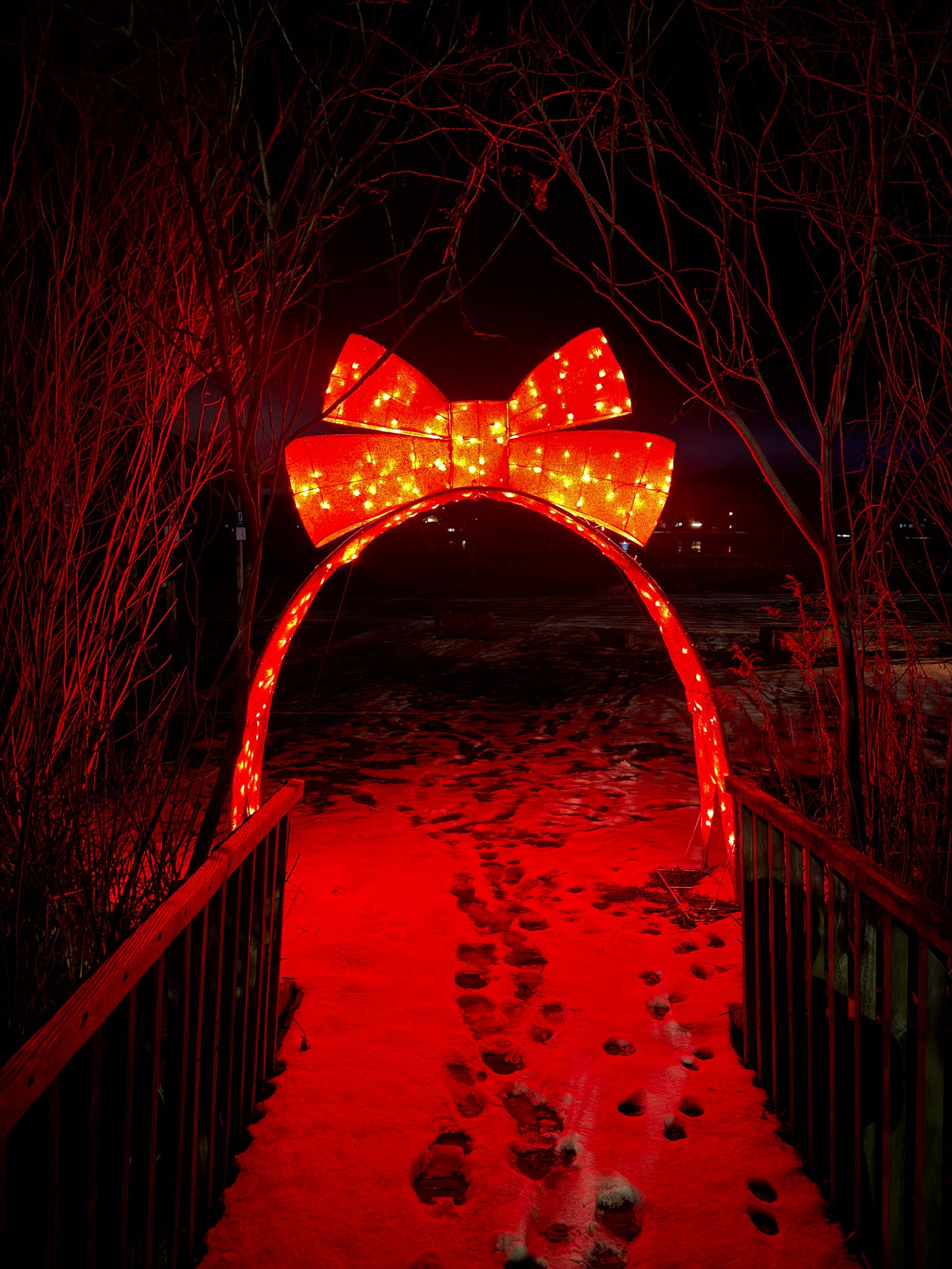

Very nice picture and write up. Nice to see you last night. Have a productive and satisfying year!
Love every single thing about this.